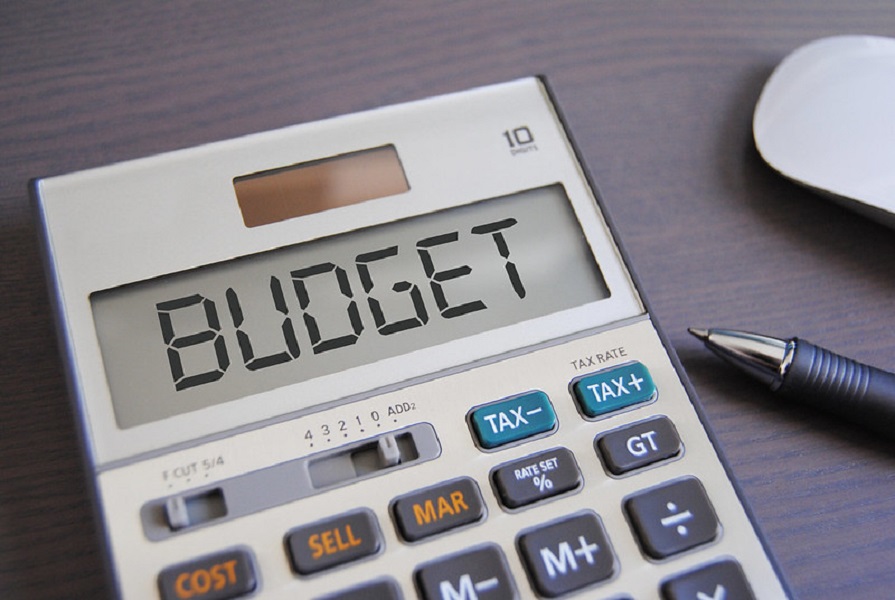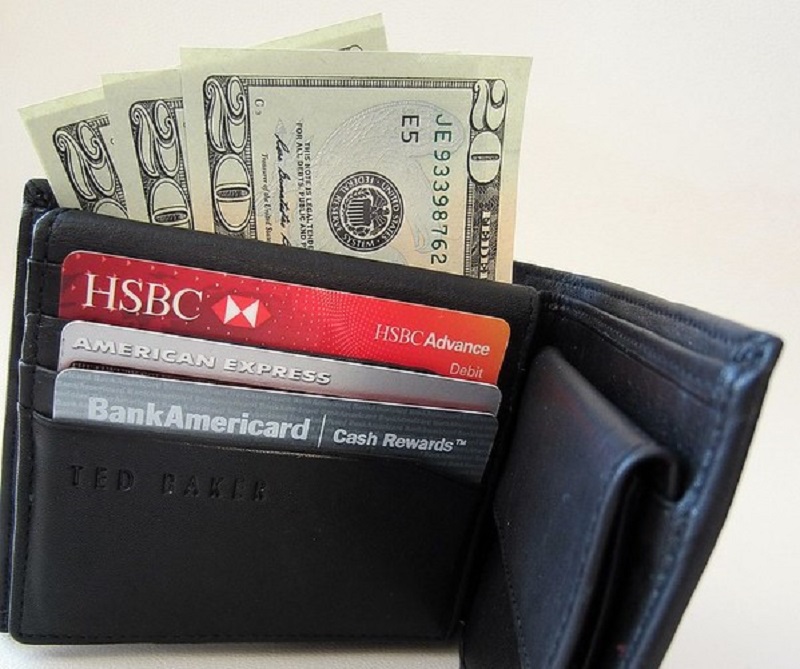
“Week 1: Stop Waiting for That Muse (2/365)” by swimparallel is licensed under CC BY-SA 2.0.
Learning how to budget money is a difficult financial literacy task to master. Budgeting is necessary for those in all income brackets, as failing to budget can result in numerous financial hardships, including missed payments, lower credit scores, loan denials, and even eviction or foreclosure on your home. Fortunately, there are numerous ways to tackle the budgeting issue. One of the simplest way to get started with budgeting is to start a budget journal that helps you get your finances in order. Here is your guide to starting a budget journal.
Decide on a Tracking Method
There are many different ways to track your income and spending, so pick the best tracking method for you. Some people choose a special spiral notebook for budgeting. Other people choose to track their finances through notes on their phone or a budgeting app. The tracking method does not matter as long as you have all of the information in one place that is easy to access when needed.
Once a method is chosen, choose a format for your budget journal. Many people choose to do their financial tracking on a monthly basis, while some others prefer tracking their finances weekly or bi-weekly. The frequency for updating your budget journal is flexible and may change over time as your finances change.
Determine Your Income and Fixed Expenses
The next step for your budget journal is to determine how much money you earn and how much money you spend on fixed expenses. For most people, calculating income is easy because you get a set amount of money in your paycheck each pay period. Those working a commission-based job or have more than one source of income may find determining monthly income a bit more difficult.
Fixed expenses are expenses that remain fairly constant from month to month and must be paid each month. These expenses include things like your housing payment, your electric bill, your car payment, etc. You subtract your fixed expenses from your income to get the amount that you have available for the rest of your budget.
Plan Out the Rest of Your Budget
Once you know how much money you are working with, you can allocate the rest of your income to the things that you need or want to buy in the future. These items include your food budget for groceries and takeout meals, any transportation expenses, clothing needs, entertainment expenses, and your savings. Your actual needs may fluctuate from month to month, but the purpose of making the plan is to see how much you can afford to commit to each category.
Track Your Spending
After creating the spending plan in your budget journal, it is time to track your actual spending to see how it compares to the budgeted amounts. You need to note what you bought, when you bought it, and how much you spent on it. Some people choose to note their purchases as soon as they are made, while some others prefer to keep receipts and enter everything into the budget journal at the end of the day.
Tailor Your Personal Spending Habits for Success
Tracking your spending in various categories will show you opportunities where you can trim your spending to save more each month. For example, if you are spending a lot of money on fast food lunches during the workweek, change to packing a lunch at home to reduce costs. Other popular cost reducing methods include ditching cable for a streaming-on-demand subscription, taking public transportation instead of taxis or ride-sharing, and switching from name-brands to store-brands at the grocery store.
Everyone’s budget journal will be different because they are tailored to each individual’s needs and financial goals. If you find that one method is not working for you, try another to see if it works better. Over time, budgeting will become second nature, which is really beneficial for keeping your finances on track.


Toi Williams began her writing career in 2003 as a copywriter and editor and has authored hundreds of articles on numerous topics for a wide variety of companies. During her professional experience in the fields of Finance, Real Estate, and Law, she has obtained a broad understanding of these industries and brings this knowledge to her work as a writer.






